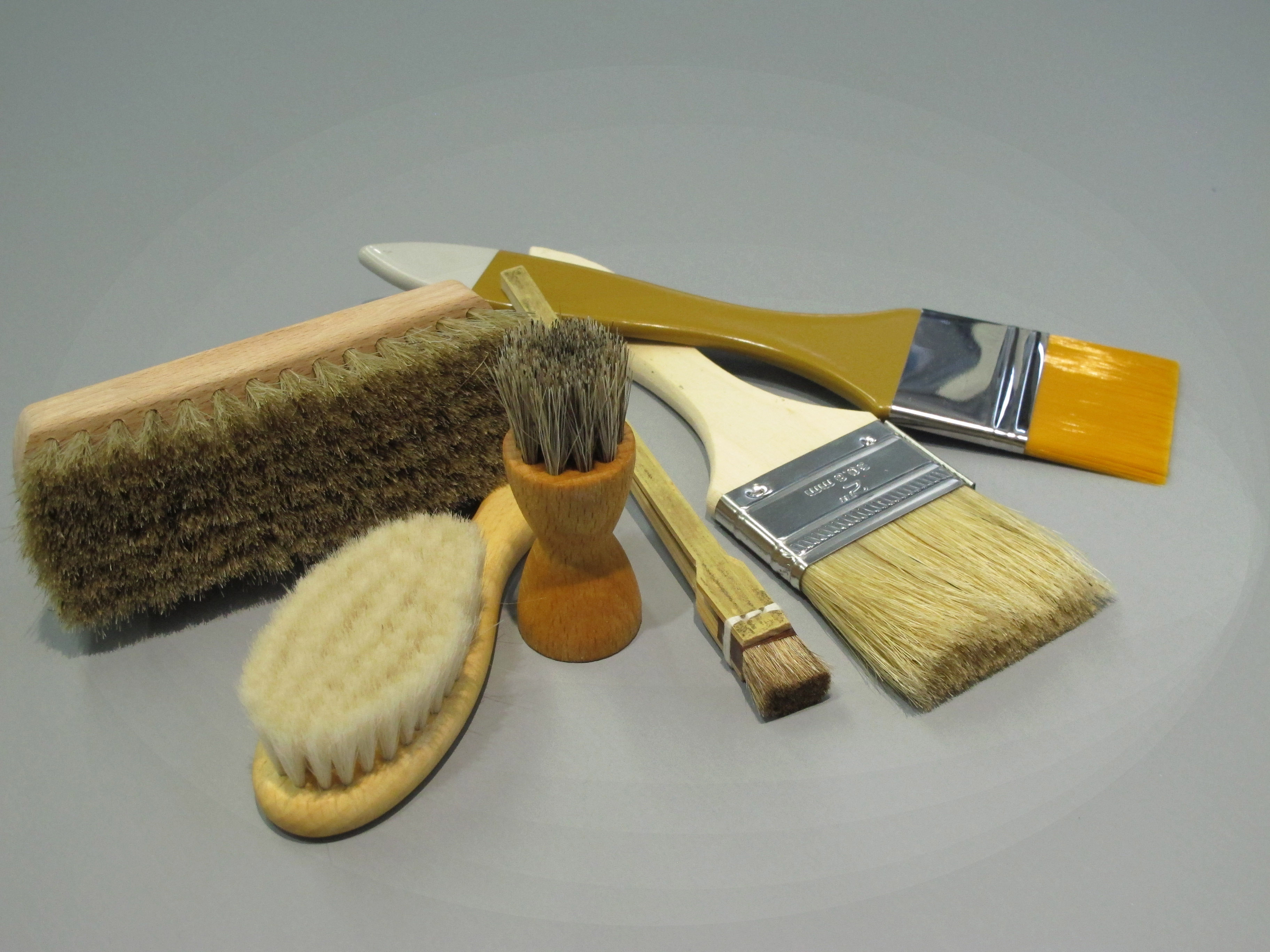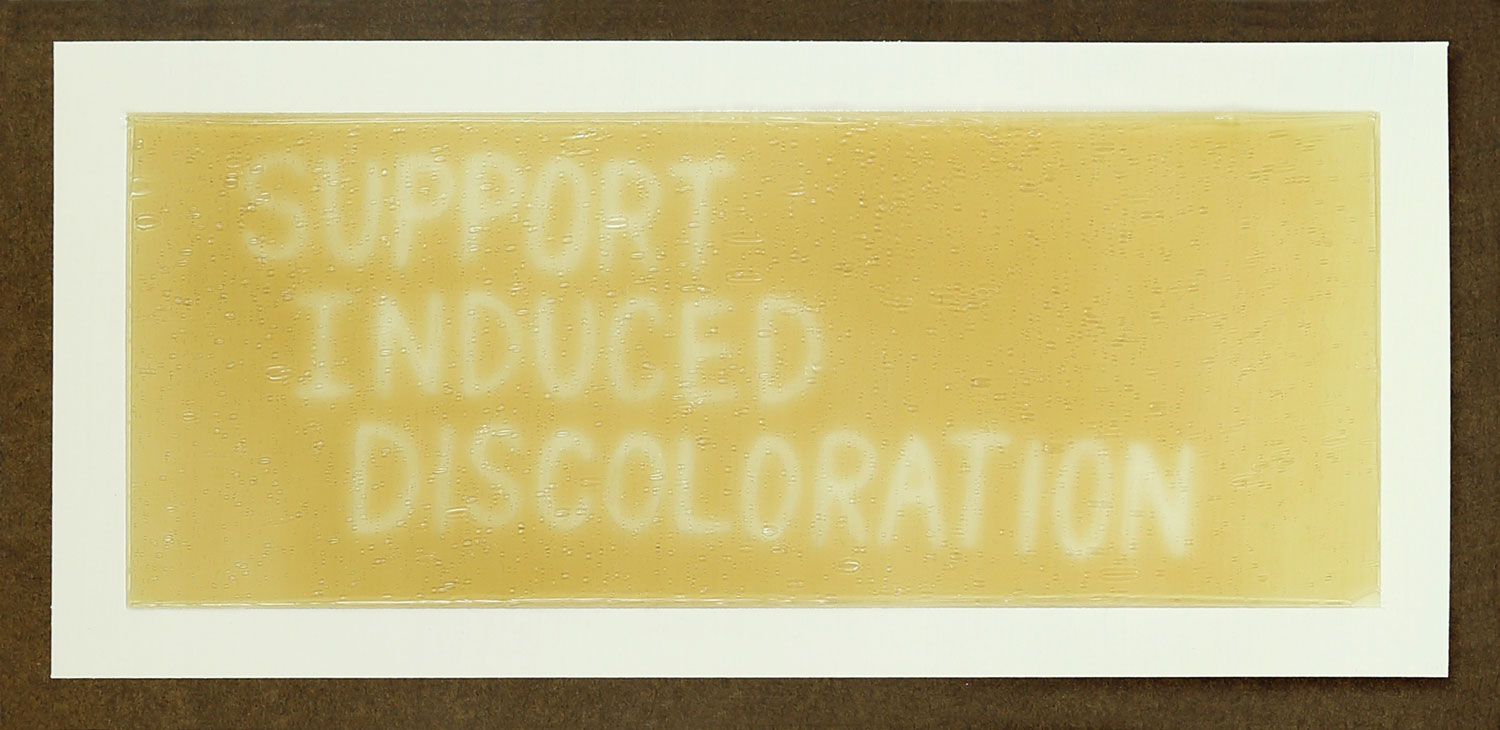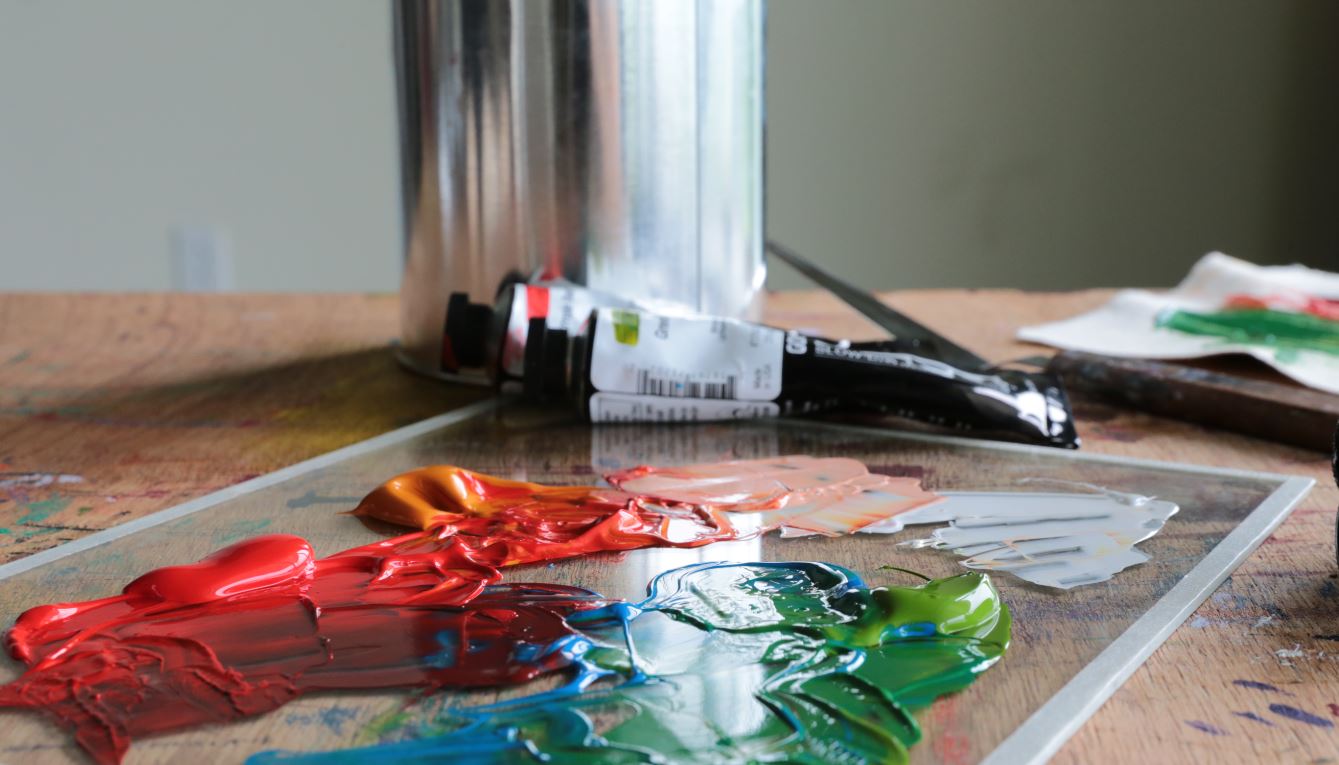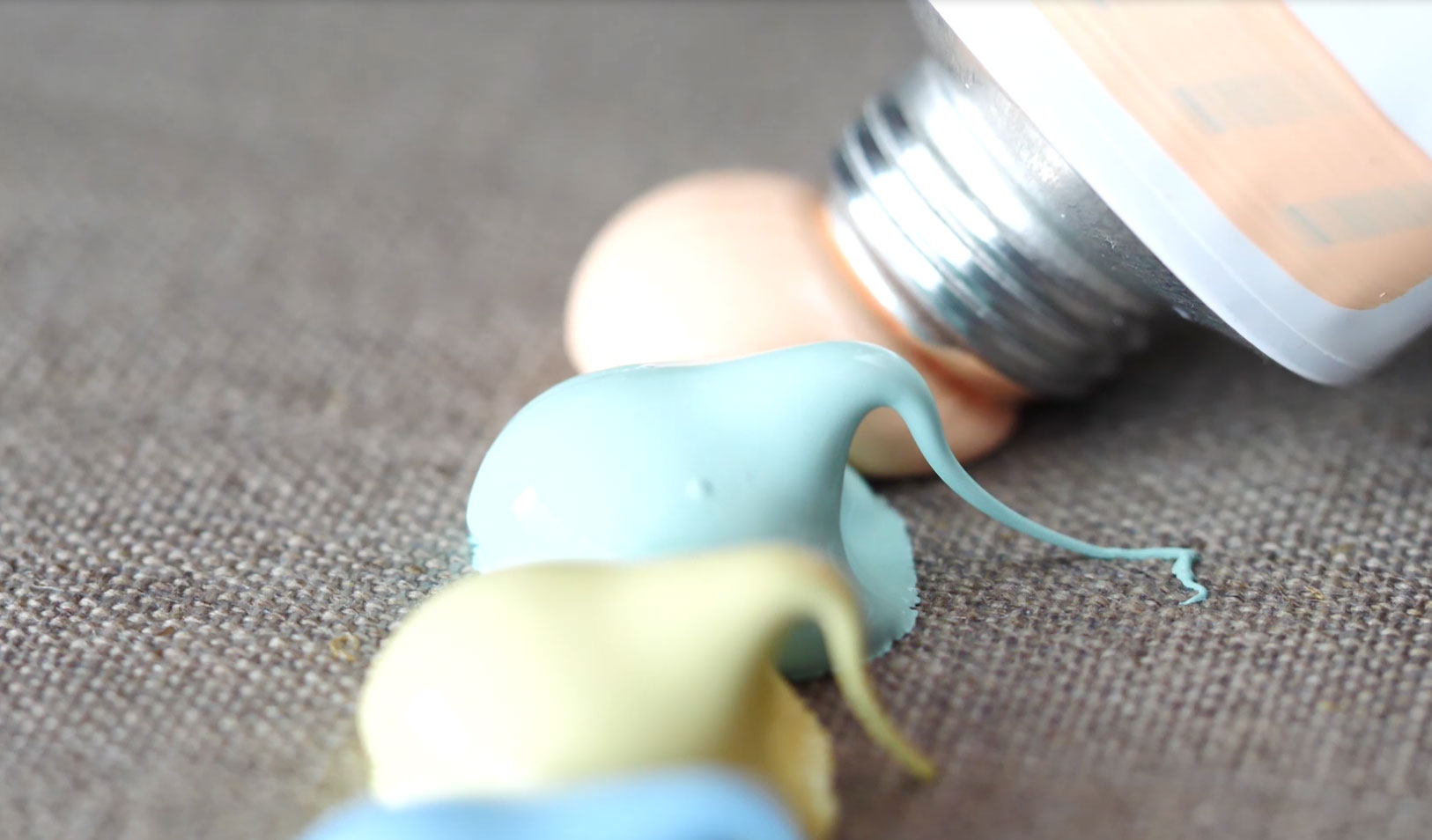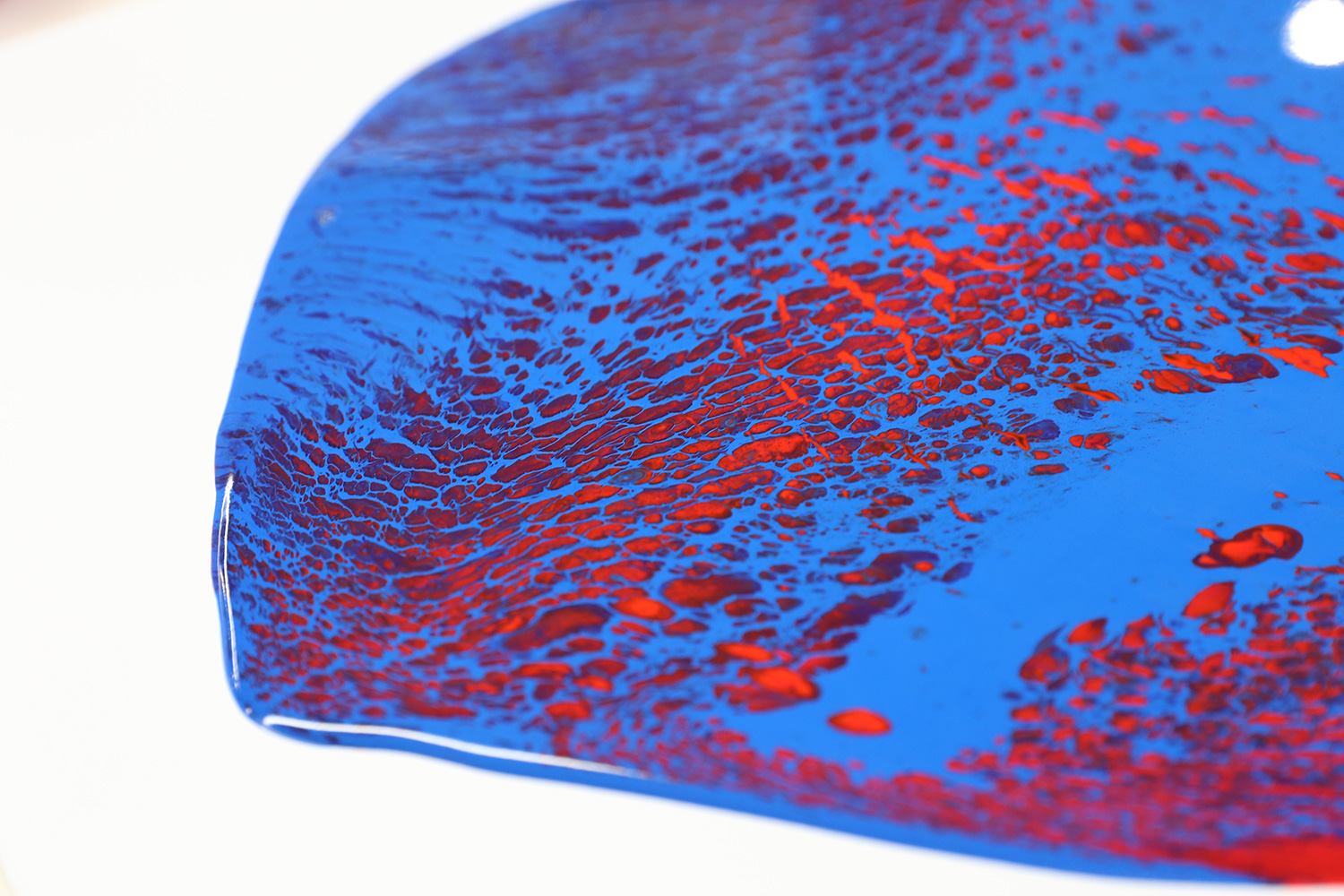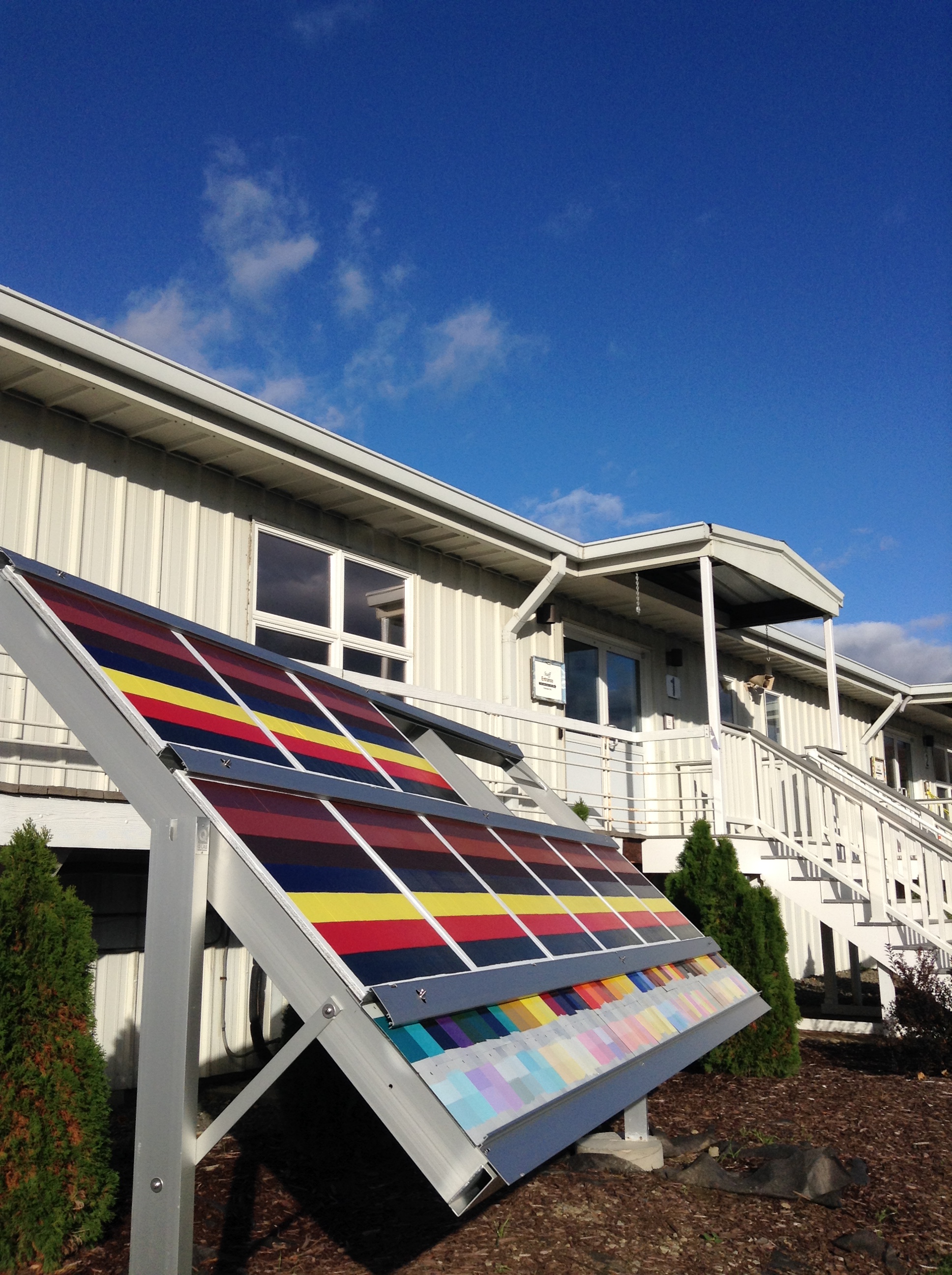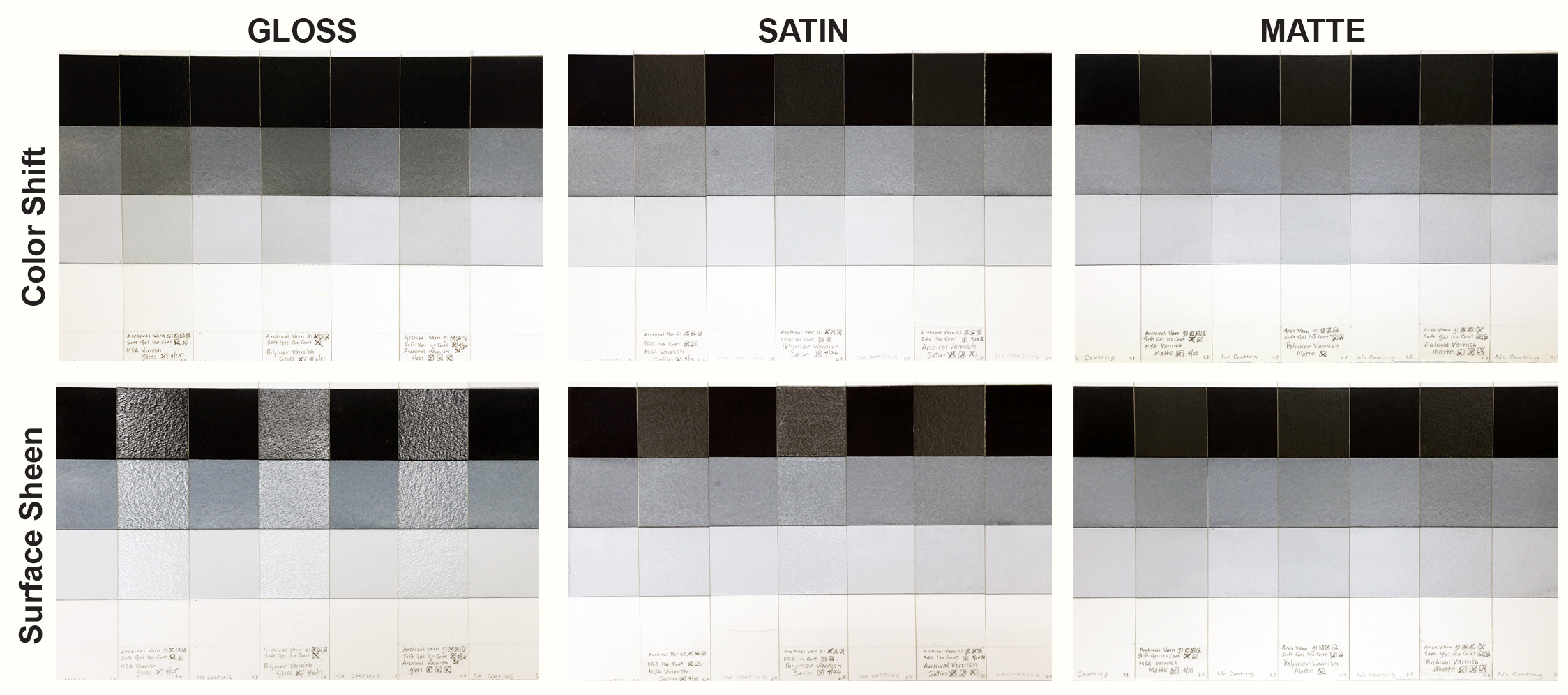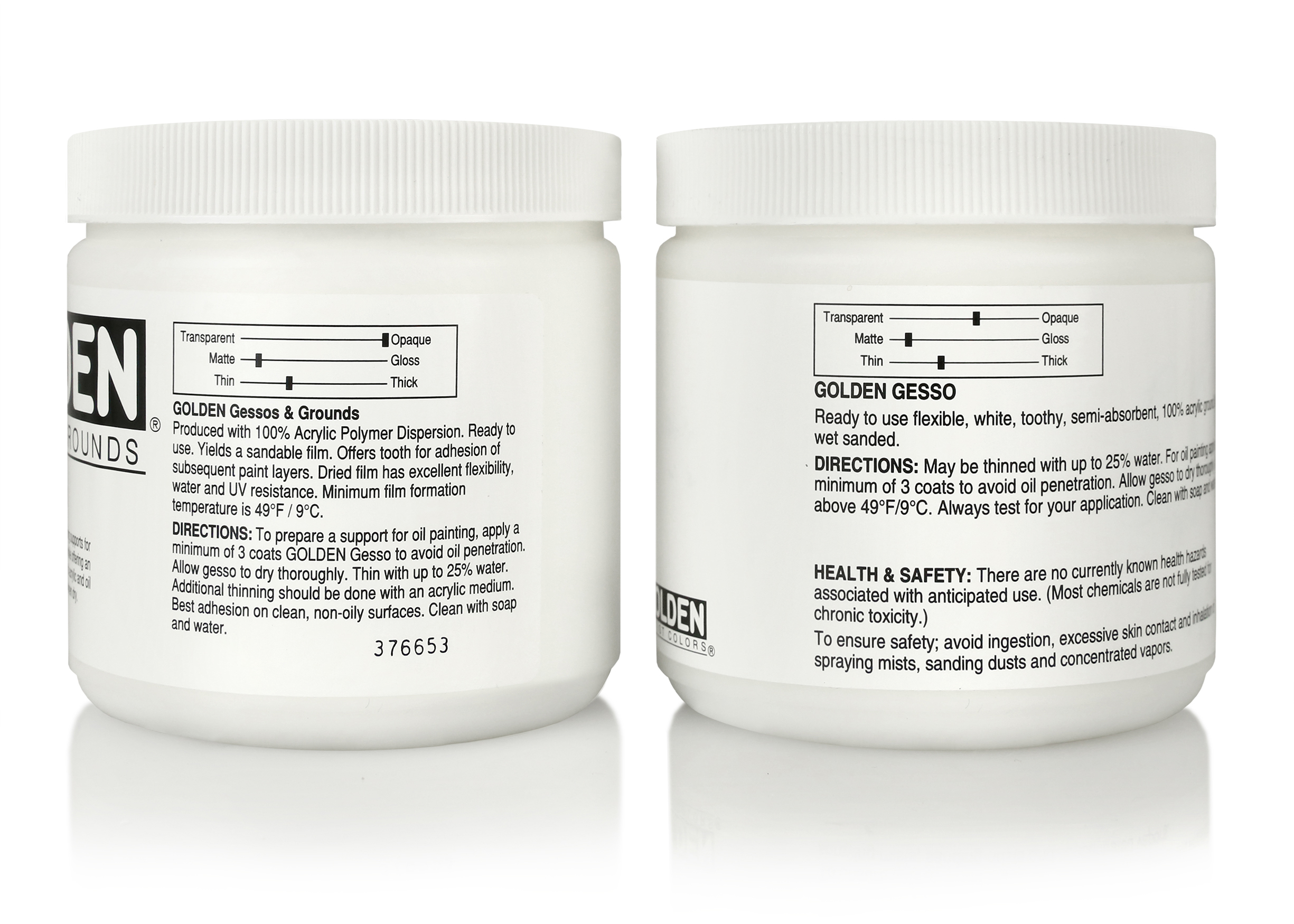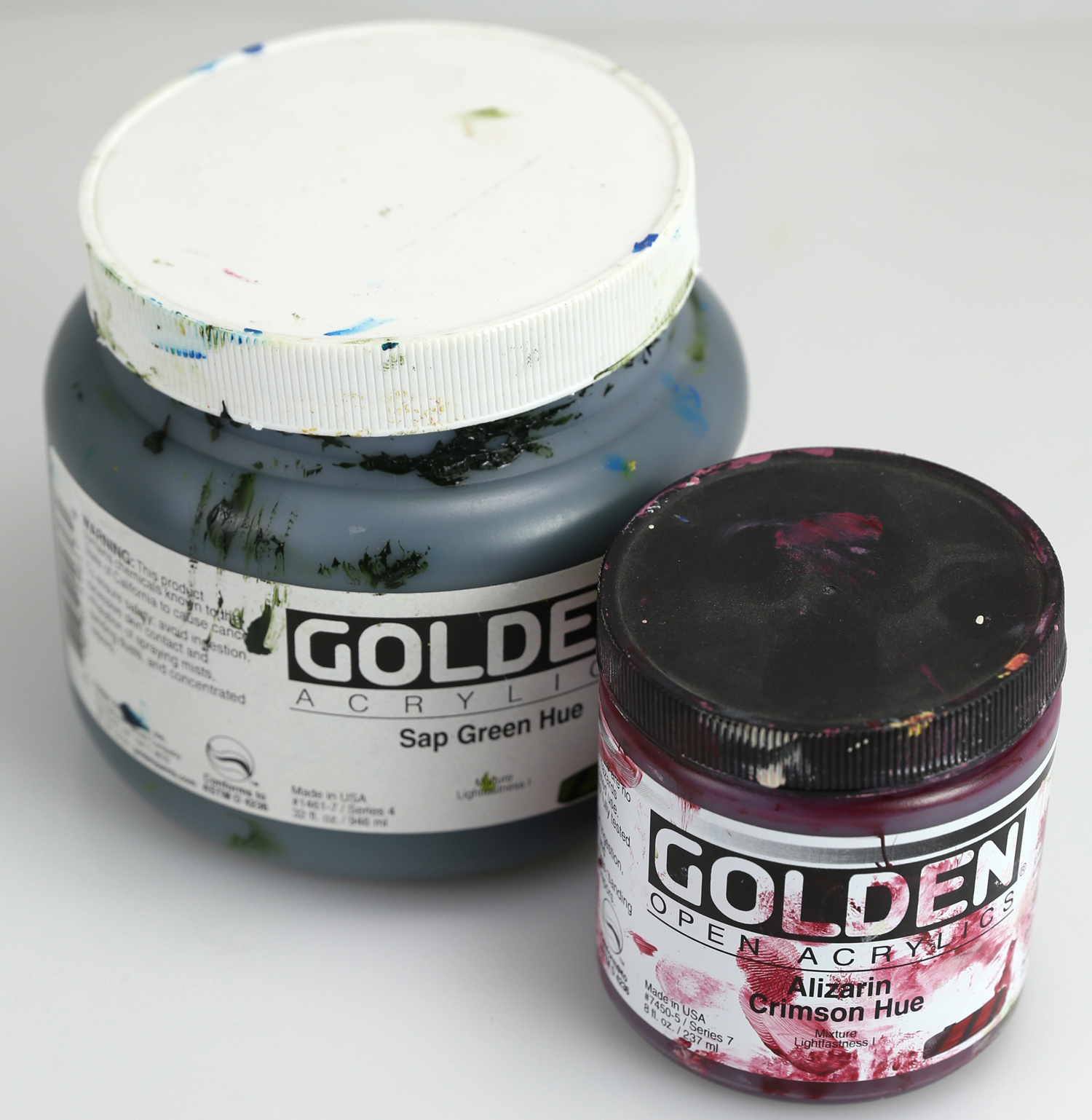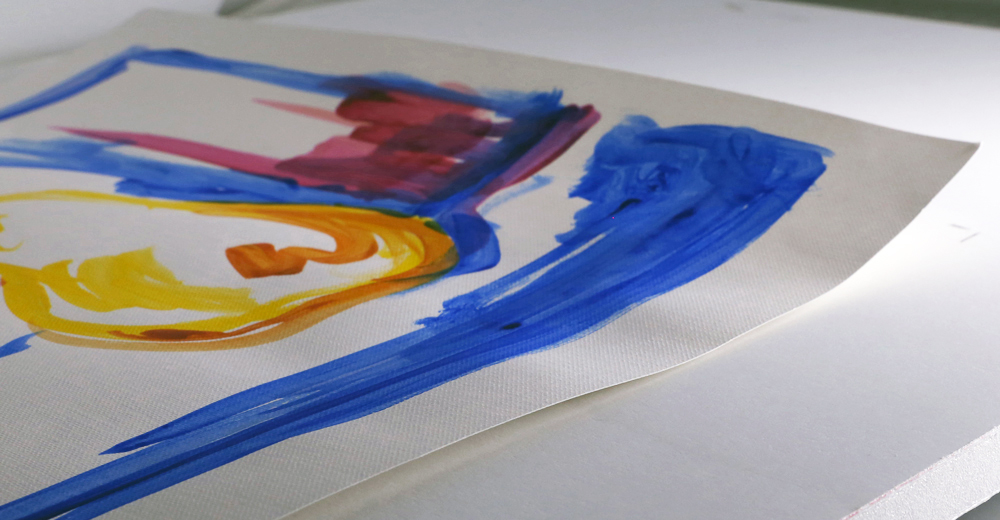EDITOR’S NOTE (4/26/23): Please note that Polymer Varnish has been discontinued and replaced with Gloss Waterborne Varnish. You can read more about it here. Mirjam Hintz completed her MA and Professional Doctorate studies in Conservation with a focus on painting from the University of Amsterdam. She is the newest member of our Materials and Applications Department, … Read more
Home>Application> Varnish > Tips and Tricks for Varnishing
Archive | Application
Support Induced Discoloration or SID describes a phenomenon that can occur when the acrylic appears to change in color upon drying. It usually takes on a yellow, orange or brown tint, due to impurities in the substrate being drawn up into the acrylic film. The discoloration occurs while the paint or medium is drying and … Read more
The key to controlling working time in acrylics lies in the ability to control the rate of evaporation of water. Once most of the water is gone, so is the ability to manipulate the paint layer. Therefore, in order to control acrylics one must control the water. This becomes increasingly important to be able to … Read more
We are pleased to announce seven new additions to the GOLDEN Heavy Body Acrylics line. This latest offering of balanced mixtures are created using lightfast pigments from our Exterior Mural list, which are then tinted with Titanium White to create convenience colors. Although relatively simple blends, they can be difficult to consistently mix by … Read more
Paint Additions Into GAC 800 for Pouring Applications Several rounds of test mixtures of GAC 800 and GOLDEN paints. By far, the most popular GOLDEN Acrylic Medium used for pouring paints is GAC 800. Our Heavy Body Acrylics, Fluid Acrylics, and High Flow Acrylic paint lines readily blend with this free-flowing medium. These mixtures will merge … Read more
Direct, exterior exposure is highly demanding on coatings, with the test fences set at a 45º angle to maximize the effect of sun, rain, snow and ice. In 1993 and again in 2009, long-term exterior tests of the acrylic colors lasting 4 and 3 years respectively were conducted in South Florida. From these results and in … Read more
This article briefly explores the permanent changes created by varnishing transparent watercolor on paper, in particular the aesthetic changes to color, value, texture, and sheen. Keep in mind that varnishing also changes the nature of the painting through the permanent addition of acrylic. While there are several approaches to varnishing watercolor, we only focused on … Read more
You might have recently noticed that we updated our labels for Grounds, Mediums and Gels to aim for better clarity, accuracy and simplicity. While reviewing the labels, we decided to both standardize the descriptions of all of these products and double check the accuracy of the sliders which help convey opacity, sheen and thickness. In … Read more
A common question we get is “how long should I wait before applying my next application of acrylic?” Actually, in most cases one can apply multiple layers at any time as this is one of the unique properties of acrylic products. It really doesn’t matter in terms of final film formation and toughness. But in … Read more
When water is applied to paper, the fibers can soak up liquid and expand. This may create the infamous buckles and cockles that can be the bane (or joy) of those who paint with watermedia. This article reports on what happened when High Flow Acrylics and Heavy Body Acrylics were applied to Arches 140 lb. … Read more

